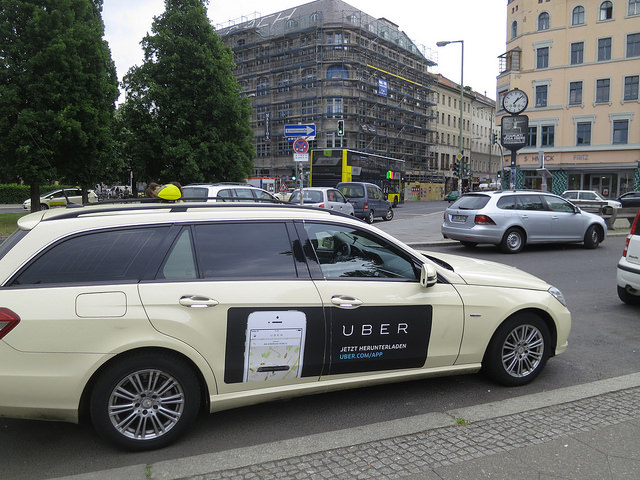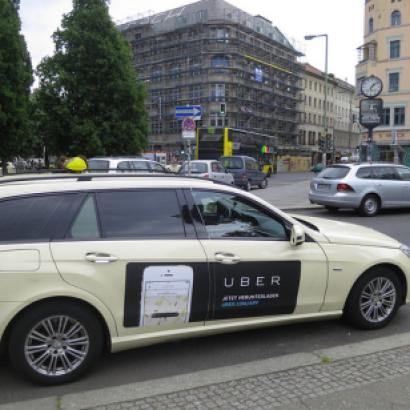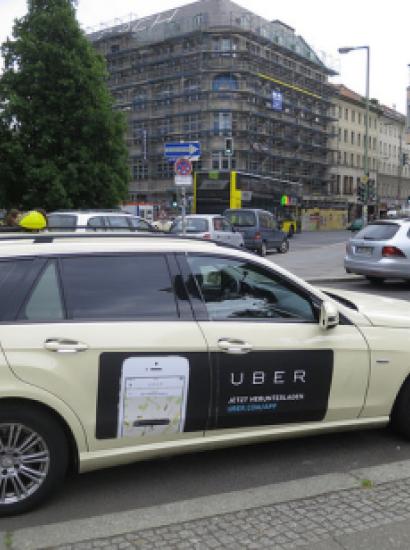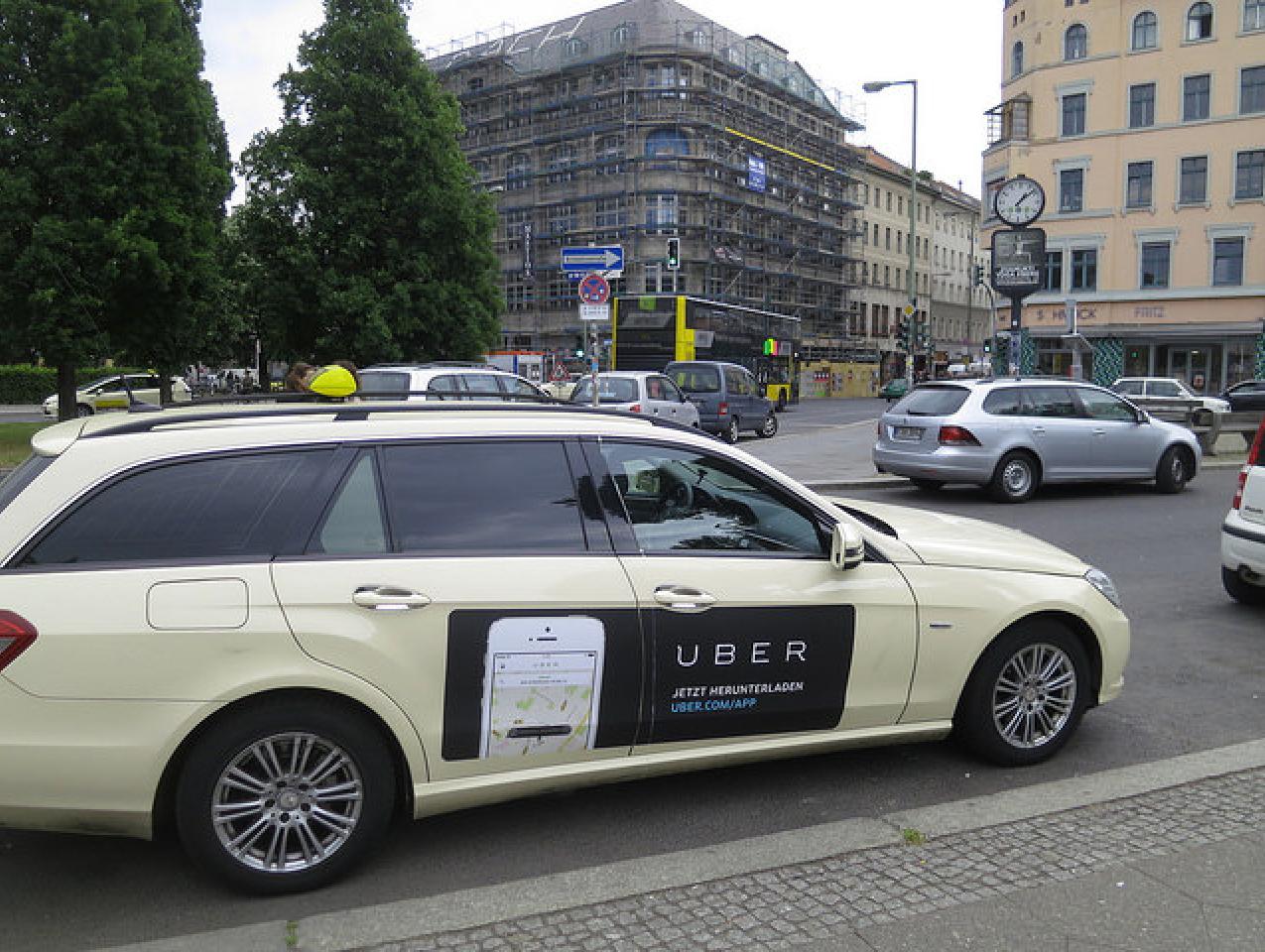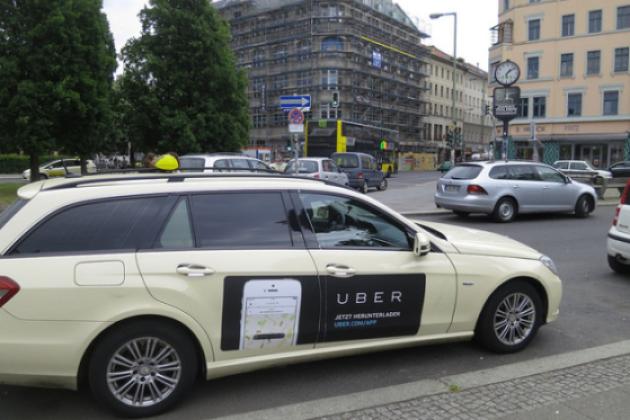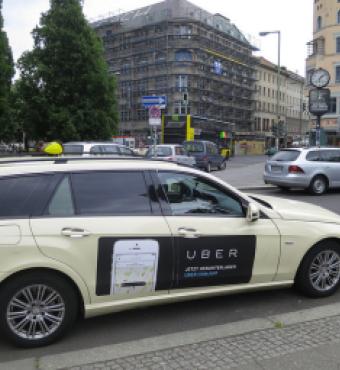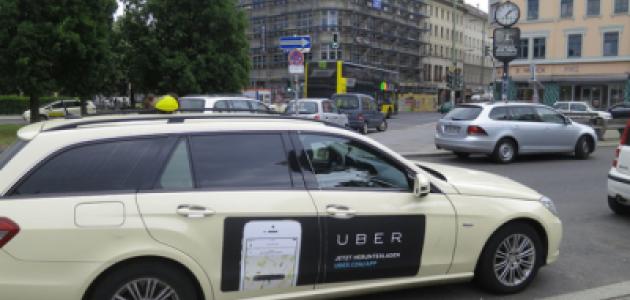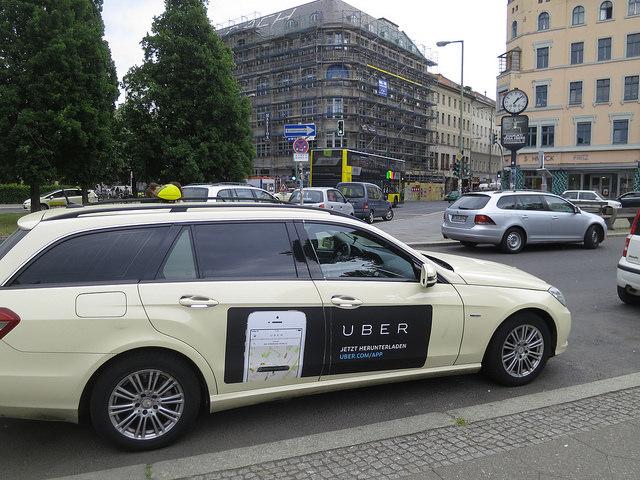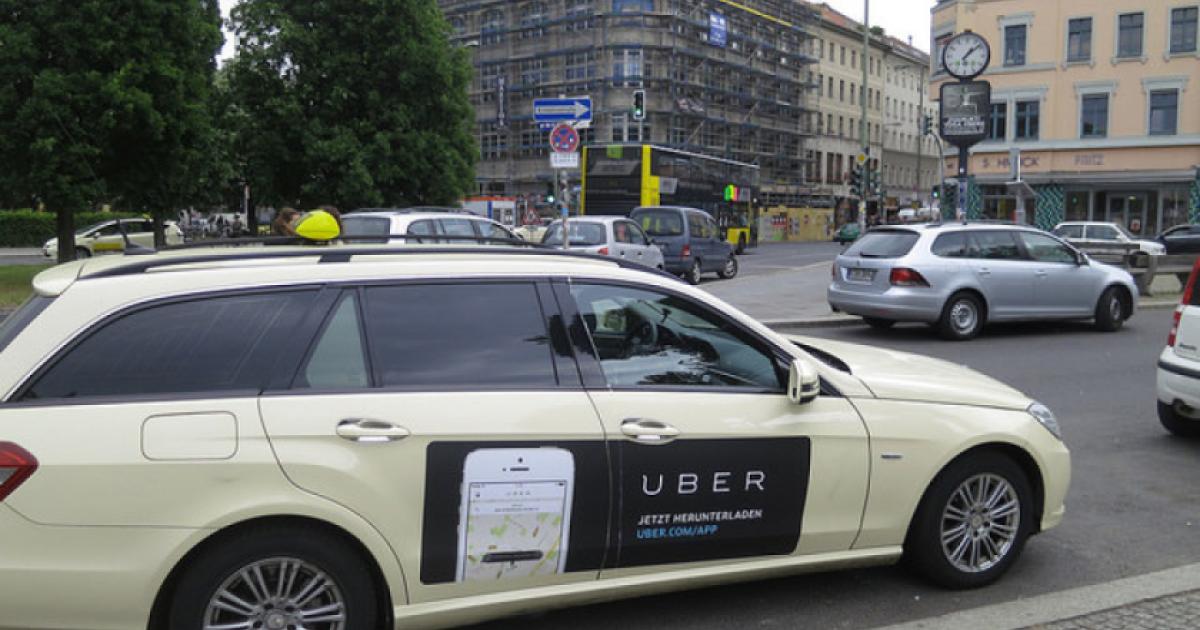- Law & Policy
The tech community is rightly on edge because of a 12-page decision that Stephanie Barrett, a California hearing officer, filed in Berwick v. Uber Technologies earlier this summer. Ms. Barrett awarded Barbara Berwick $4,152, most of which was for reimbursable expenses for mileage and tolls, for the two month period that she worked for Uber in 2014. It was clear to Berwick when she had signed up with Uber that she would be responsible for paying these expenses out of the fees remitted to her under the standard Uber agreement whose provisions were at issue in this case.
The reason this case came to court stemmed from the various provisions of the California Labor Code and federal law that provided protections and benefits to paid employees, but not to independent contractors. The question at hand is on which side of the line these workers—to use a neutral term—fall. The question does not arise only with this particular transaction, but arises in most transactions that take place in the modern sharing economy. That economy boasts many new entrants, including firms such as Lyft, Task Rabbit, and Airbnb. All of these ventures have been made possible by the creation of online markets that match potential customers with potential suppliers of services through a central hub.
There is no question that these platform systems require a contractual framework for a three-party relationship that is not found in the playbook of traditional industries, where there is a direct relationship between the party that supplies the goods and services and the party that requests them. But how best to bring these parties into a relationship with one another?
On this point there are strong differences in the approach to be taken in an open market versus a regulated one. In the former, the way firms typically work is as follows: The law develops a set of off-the-rack default terms that they can use as a template to structure their own relations. These standardized forms allow people to choose from a menu of different relationships, like partnerships, employees, and independent contractors.
It then gives them two vital, additional degrees of freedom. The first of these is to let firms set price or wage terms any way in which they see fit, so long as they can attract workers or customers. These terms can then evolve either gradually or quickly depending on what is learned by the parties during the relationships or on what is required to meet changes in external conditions that impact supply and demand. The key point here is that no external body decides or approves these shifts in prices and compensation.
Equally important is the flexibility to invent hybrid forms when the traditional forms do not work. That practice dates back to Roman law, which constantly asked whether a given transaction was a partnership or an employment contract. A hybrid agreement may provide that one party receive some cash first, as with an employment, after which the remainder is divided partnership style. So long as the parties know where they stand with each other, why worry? This proliferation of tailor-made forms taxed the off-the-rack default terms, which meant that the parties usually developed special arrangements to clarify their business deal.
The situation is wholly different once the law imposes a set of regulations that is intended, at least in principle, to protect, as it is constantly claimed, employees from exploitation by their employers. Regulations of this sort became big business with the rise of the New Deal. For example, the Fair Labor Standards Act (FLSA) requires employers to meet extensive conditions with respect to minimum wages and overtime. The minimum wage specifies the base rate per hour—itself a calculation of immense complexity—and overtime regulations set appropriate time-and-a-half or double wages for overtime work.
At this point, the parties cannot contract out of the legal rigidities governing the employment relationship, but now must seek to evade its application by insisting, often disingenuously, that a particular employee is really an independent contractor. Clearly they make some move to the middle, which only muddies the waters. Thus any administrative hearing officer, like Ms. Barrett, gets to decide whether the employer has pulled a fast one by insisting that a given worker should be classified as an employee—entitled to a huge raft of benefits—when he is “really” an independent contractor, who is entitled to far fewer benefits.
What makes the situation so difficult is that from the ex ante perspective—i.e. before the deal takes effect—neither the employer nor the prospective worker wants to be placed in the straightjacket of an employment relationship. They know that if the full set of protections is given, the added transaction costs and collateral taxes, fees, and regulations will kill the deal altogether through an inexorable two-part process.
First, the high costs of doing business acts like an implicit tax that saps the potential gains from trade. Second, these mandates typically cost the employer more than they benefit the worker—otherwise they would be voluntarily accepted. By increasing costs and reducing benefits, the standard deal is no longer economic. It was for just this reason that Ms. Berwick waited until she finished working for Uber before raising her claim for expenses. If she had demanded them up-front, Uber’s answer would have been a resounding no.
Instead, Uber would have insisted on the basic structure now in place for all its drivers. The Barrett opinion sets out in detail its particular contractual provisions. The right question to ask is which of these seem to be ill-suited to the overall venture, which is to offer customers an attractive price by setting out an efficient business arrangement between the parties.
So here are some of the key terms of the standard Uber contract that were reproduced in the Berwick case. The drivers all have the unlimited right to select or reject customers. Clearly there is no way that Uber could try to oversee those judgments. The best strategy for the company is to have sufficient drivers on the road to compete for the business and cover the market. The drivers can also operate for as many or as few hours as they please. Uber is in no position to monitor whether its drivers are or are not loafing. It is not as if drivers can punch a time clock when they come in and out of work.
The usual statutory duties of employers to record worker hours make no sense in this context. Nor does it make any sense to compensate workers by the (unobservable) hours they work, especially if extra hours will require overtime pay. From every point of view, compensation by the ride is far better. It also makes good sense to adopt Uber’s no tipping rule. Uber’s automatic payment that can operate at top speed does so only if the full fare is automatically determined at the end of the ride.
The Uber contract also allows it to vet drivers and vehicles and to prevent any substitution of either. Clearly, the firm uses its brand to attract customers. It can only protect itself and its conscientious drivers by ensuring a certain minimum level of quality. Indeed, its driver rating system gives a strong signal to potential customers that aids in this process. Uber also has to maintain control in order to limit its potential tort liability, which need not rest on a theory of vicarious liability for the wrongs of employees done in the course of their employment, but can also rest on its negligent selection of independent contractors. Comprehensive insurance covers both forms of liability.
So the challenge is this: just where does this standard contract fall short? Uber clearly has thought of a system of divided control. It has made its rule standard for all “its” drivers because that is the only way to guarantee them equal treatment. It also gives them the flexibility to change rates and fares without having to redo the basic structure of the agreement.
What is so instructive about the Barrett opinion is that her only analysis asks how the Uber deal matches up against the eleven different factors that under California law an administrator or court should take into account when deciding whether Uber drivers are employees or independent contractors. That list asks such questions as whether the enterprise of each side is closely connected to the other, whether the worker brings his own tools, whether his managerial skills matter, whether he has the opportunity for profit from the deal, and so on. It asks about the “permanence” of the working relationship and the length of time that the services are performed. It is quite conceivable that part-time workers are independent contractors and long-term workers are not, a judgment that could create a case-by-case confusion from which no one benefits.
Yet here is the kicker. Not one of these factors tells us anything about the efficient division of benefits and risks between the parties. They always cut in both directions, so it is hard to know where to draw the line, which means that different judges and different administrators using somewhat different tests will be unable to straighten matters out. Does it really give confidence in Officer Barrett’s determination to know that deliverymen for pizzas were in 1991 classified as employees under the worker’s compensation laws?
The clear lesson to learn from this fiasco is that it is a hopeless task to apply traditional regulatory structures to modern arrangements, especially when they block the implementation of new business models. Indeed, it is necessary to go one step further: it makes no sense to apply these regulatory statutes to older businesses, too. Time after time, these statutes are drafted with some “typical” arrangement in mind, only for the drafters to discover that they must also try to apply the statutes to nonstandard transactions that do not fit within the mold. Rigidity is not just a problem today. It was a problem with the FLSA and other New Deal labor statutes even when they were first passed.
This point is unfortunately lost on a lot of modern commentators who think that their real challenge is only to update the employment laws for the sharing economy, rather than scrap them altogether. For example, James Surowiecki, writing in the New Yorker, comes out in favor of “Gigs with Benefits,” a great title for a bad idea. He rightly notes the scads of critics who claim that Uber is disguising its employees as independent contractors are wrong, and he recognizes that calling Uber drivers employees could be the death knell for many of these gigs.
But he then turns plain wooly by praising worker-protection regulation: “when there’s a tough call like this, we should put workers’ interest above corporate ones,” without explaining where the conflict arises in the ex ante position or how these regulations actually would collectively benefit workers ex ante. So his solution is to create some “third legal category,” that would hold employers responsible for benefits like “expenses and workers’ compensation” but not for perks like “Social Security and Medicare taxes.”
The proposal may sound reasonable, but it is wrong on all counts. Surowiecki has no idea whether Uber can survive the stripped down version of benefits grafted on to the labor contract. Nor does any outsider. He also has no idea whether one such scheme will work for all shared services, or how long any such scheme will last. Nor does he explain why regulation done in the name of worker protection outperforms a competitive labor market in which low transaction costs and ease of entry and exit offer workers huge protections. His third way leads to a new set of stifling regulations that will inhibit the next generation of business practices. We don’t need cleverness. We need the emphatic recognition that misguided labor protections can strangle Uber and other firms in the sharing economy, just as they have on all too many occasions impeded or destroyed more traditional businesses.







